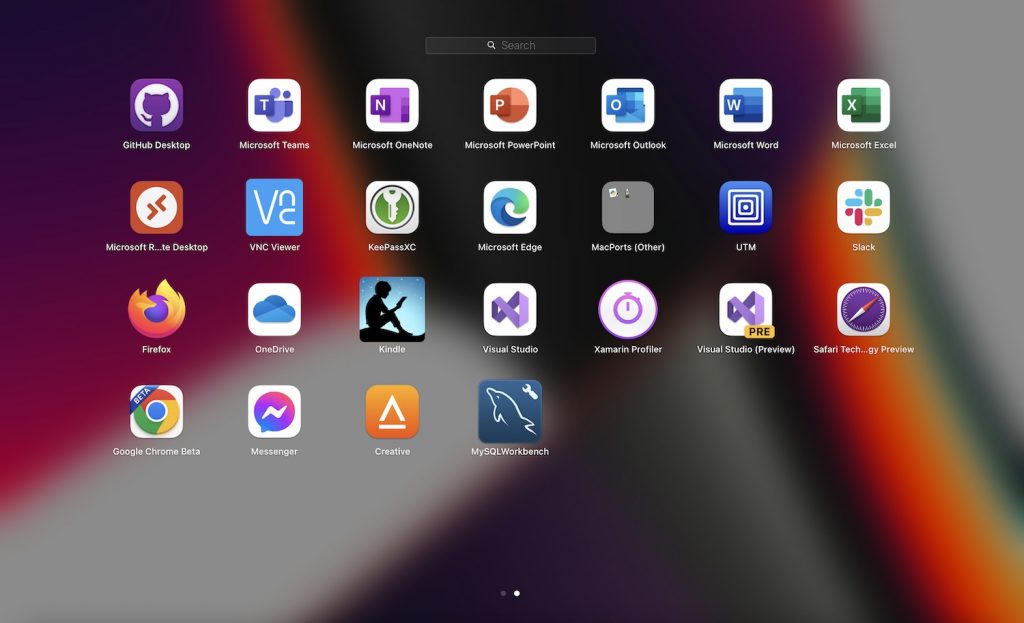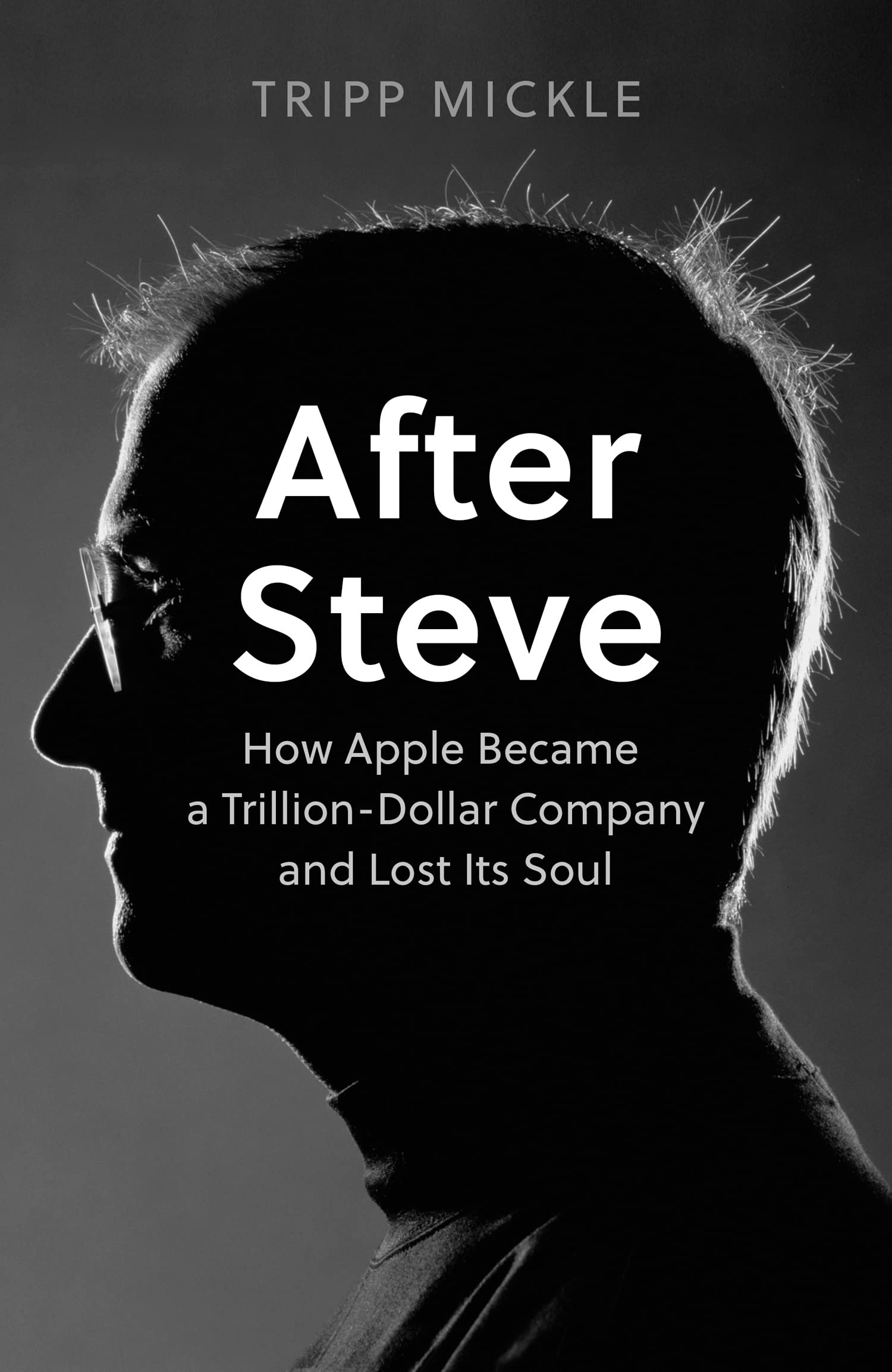So I got an M1 MacBook Pro back in April and it is time for a quick brain dump on my experience. I am not travelling as much as I did pre-lockdown, so although I got the Mac as a replacement for an ancient Windows laptop it gets used at home too. My usual desktop PC is a few years old but a decent spec gaming PC withCore i7-7700 3.6 GHz, 16GB RAM and Nvidia RTX 2060 GPU. I have been happy with it; but I do find myself thinking “why not just use the MacBook” when needing to fire up a computer, a subconscious preference that bears examination. Most of my work is writing, web browsing and coding.
I do not particularly prefer the macOS UI to that of Windows. It is more consistent because Apple managed iOS vs macOS sensibly whereas Microsoft made a hash of Windows desktop vs Windows CE vs Windows Phone vs Windows 8 and has now settled on a thing called WinUI but scratch the surface of Windows and you still find UI that has not changed for decades.
I digress though. I do not mind the Windows UI, I am used to it. What I do mind though is annoyances like the always-broken Windows search, and the way certain actions cause lengthy pauses that make me wonder what my PC is doing. In my case, sorting a large directory in Windows Explorer takes an age. Another little issue is that creating a new folder works fine, but renaming it causes a long pause. There also seem to be some focus issues. I create a new folder, I rename it and press Enter. Eventually it renames, but half the time the focus mysteriously switches to a different folder.
I realise that these problems do not occur with a new install of Windows and that I could pop out and buy a Surface laptop and it would be fine. For a bit. Windows, it seems to me, still suffers from the cruft problem beautifully described by Verity Stob 20 years ago. I do not think Macs are completely immune (I had a Mac Mini where I upgraded the OS once too often and it crawled) but does seem to me more resistant.
There is another thing that I like about the MacBook. You close the lid and it sleeps. You open the lid minutes, hours or days later, and it wakes. This has never worked well for me on Windows, though it is meant to do the same. I can believe that it is hard to implement, but when it works it is a huge benefit.
There is also the unwanted advertising that has crept into the Windows UI especially since Windows 11. Working on the MacBook I do notice its absence; I can better focus on what I want to do.
From a developer perspective, the performance of the M1 Pro is a delight. I work mostly in Visual Studio Code on both platforms; even on Windows I have come to prefer VS Code for most types of work. There is also the fact that Unix-like operating systems have won in server and web applications, so there is less friction there.

Microsoft came up with a great application launcher in the Windows 95 Start menu – and improved it until it reached its peak in Windows 7. I also like the Windows 8 full-screen version. Windows 10 and 11 are not so good though. You get inadvertent web searches, as well as the problem of apps that you search for not appearing for strange reasons. The Mac Launchpad, which reminds me of the Windows 8 full-screen Start menu, seems to work well. You type what you want and all the matches appear.
What do I miss when not using Windows? It is mainly a matter of working out new ways to do certain tasks. I do miss Hyper-V and WSL (Windows Subsystem for Linux) though I have had success with UTM for running both Windows and Ubuntu on the Mac. The integration of WSL with the desktop OS is great though. Microsoft Office still works best on Windows though not to the extent of a few years back. There is no Paint or Notepad, and favourites like Notepad++ do not run natively, but Preview works for cropping images and alternatives to Windows utilities exist.
Sometimes you are pushed towards the command line which is not a bad thing. No WinSCP for example, so use scp instead, and do some helper scripts for common tasks. You end up saving time. (I realise you can script WinSCP as well). And no need for Putty; just type ssh or script the command line you need.
I do expect though to use Windows less in future, and for me that is a big change.









